Practice Problems
1/31
There's no tags or description
Looks like no tags are added yet.
Name | Mastery | Learn | Test | Matching | Spaced |
|---|
No study sessions yet.
32 Terms
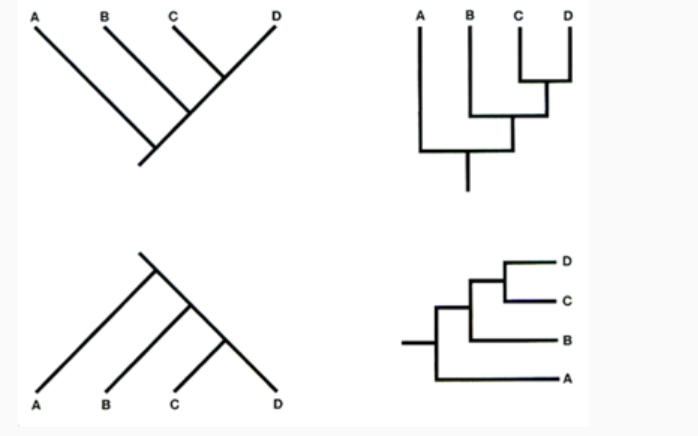
Which of these trees depict the same evolutionary history?
A. two of the trees
B. all four trees
C. three of the trees
D. none of the trees
B
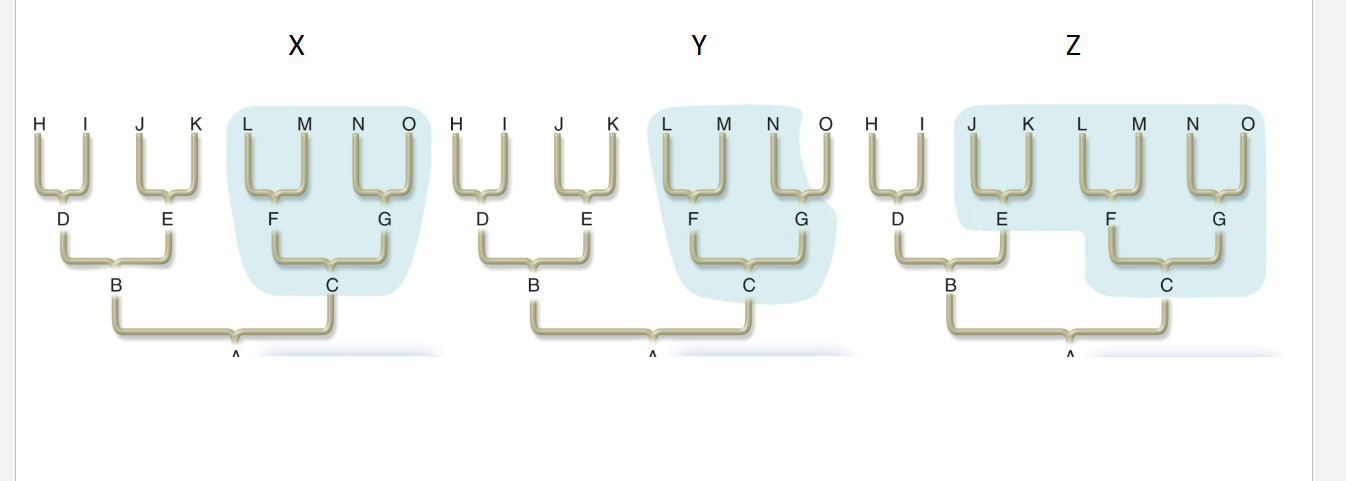
Which of the shaded groupings are monophyletic groups? (see PPT)
A. X only
B. Y only
C. Z only
D. 2 of these
E. X, Y, and Z
A
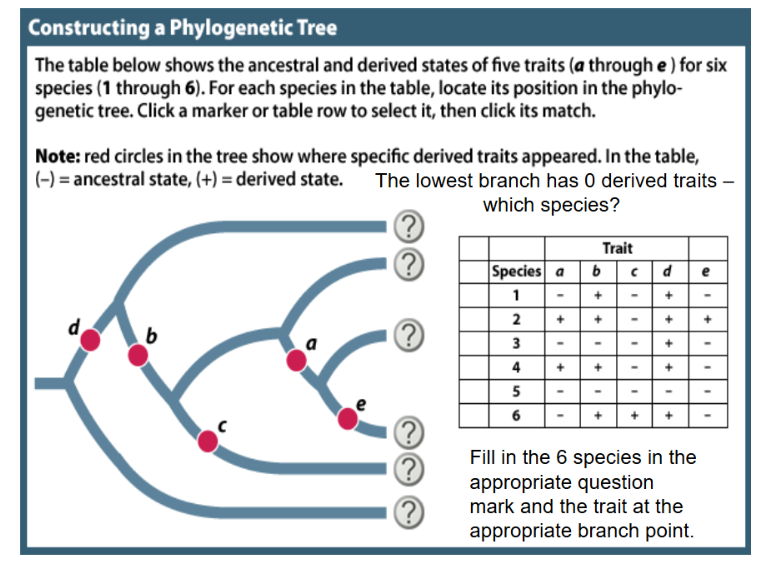
From the chart of traits in this figure, which species has none of the derived traits a-e?
A. Species 1
B. Species 3
C. Species 5
D. Two of the 6 species shown
C
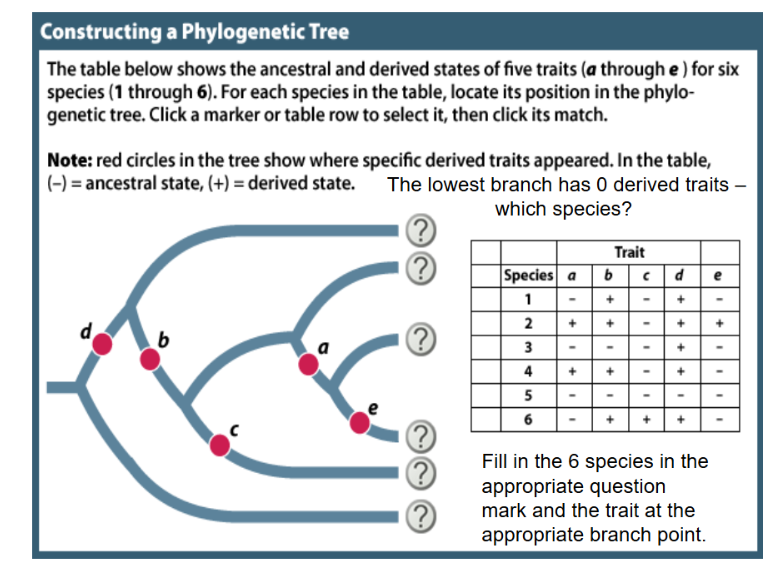
According to the time line implied in this figure (reading from left to right), which of these traits appeared earliest in this group of species?
A. Trait a
B. Trait b
C. Trait c
D. Trait d
E. Trait e
D
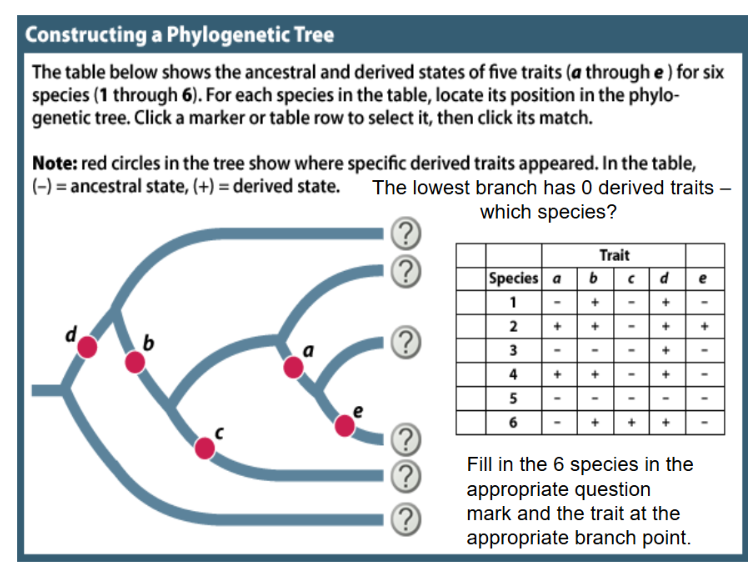
In this phylogeny the two closest “sister species” (because they branched most recently) share what derived trait in common, which they do not share with any other species in the group?
A. Trait a
B. Trait b
C. Trait c
D. Trait d
E. Trait e
A
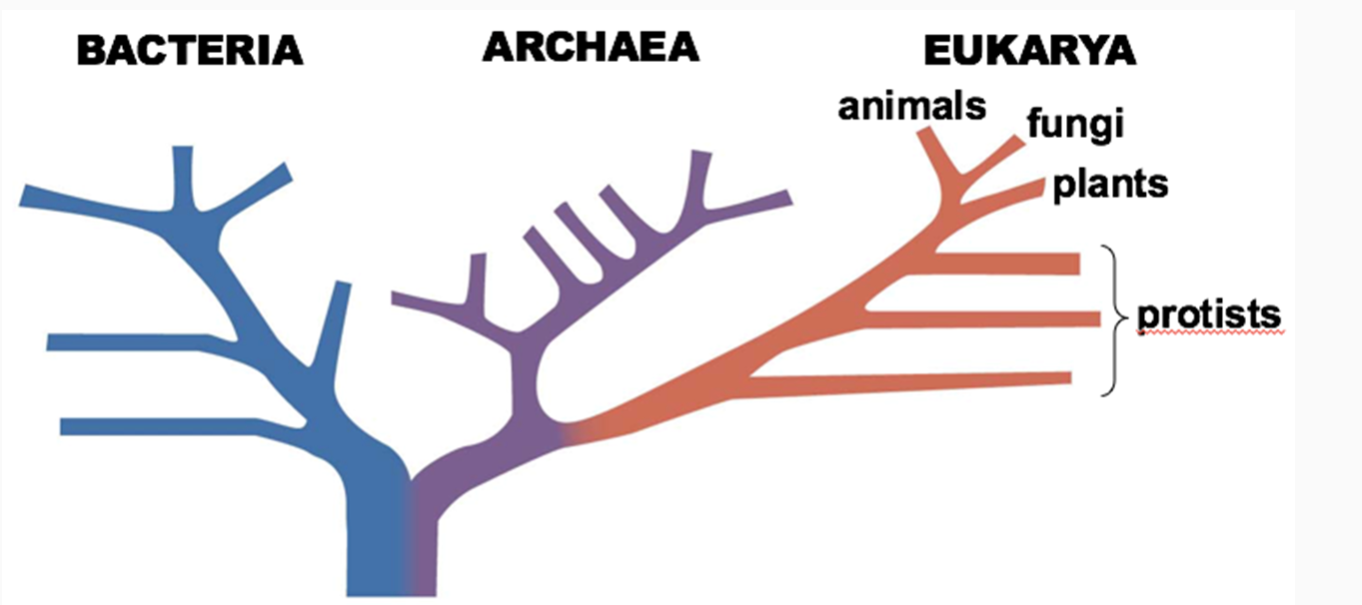
Who are Archaea more closely related to in Tree of Life?
A. Eukarya
B. Bacteria
A
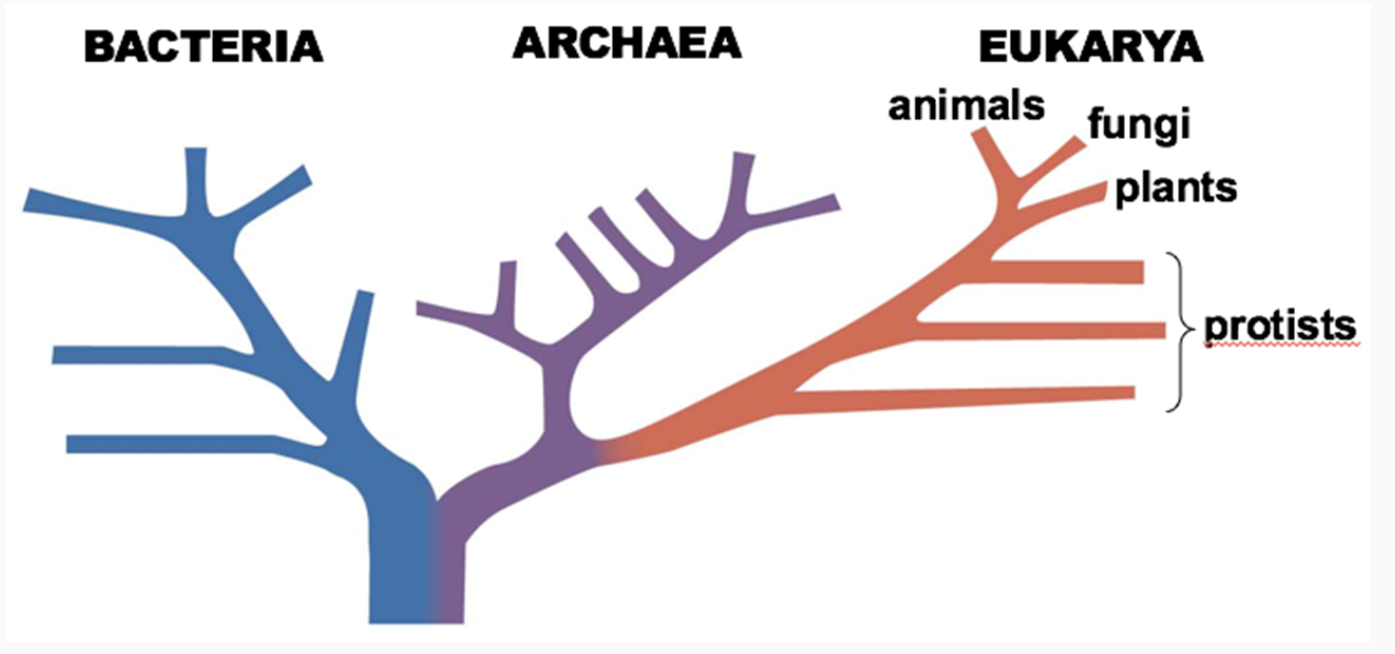
Who are fungi more closely related to in the Tree of Life?
A. Animals
B. Plants
A
True or False: Aerobic respiration came before the presence of oxygen.
A. True
B. False
B
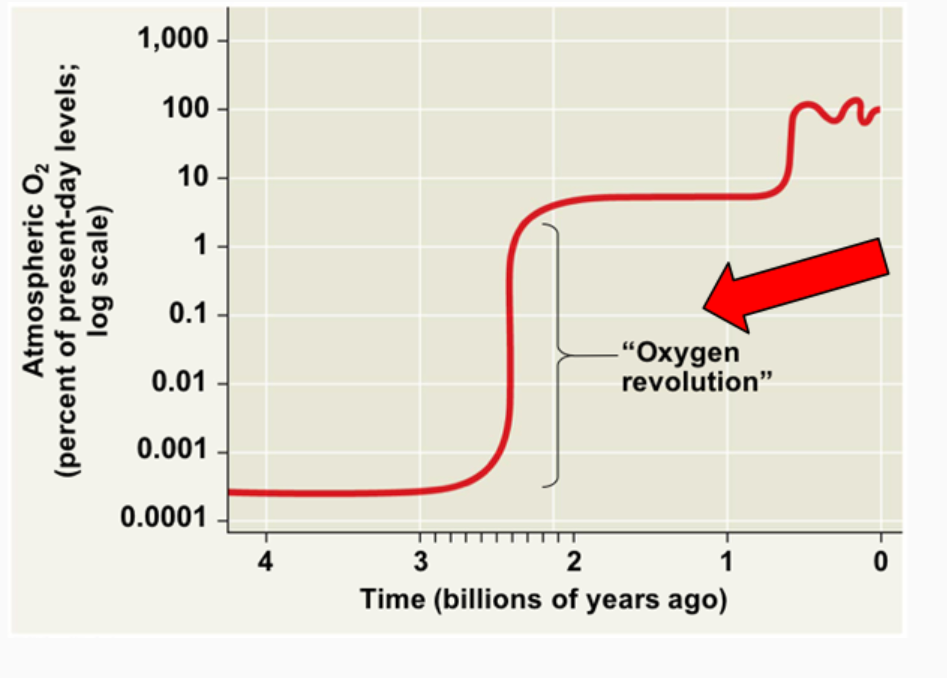
The Oxygen Revolution was a time when Earth's atmosphere and the shallow ocean experienced a rise in oxygen. What led to the increased atmospheric oxygen 2.7 mya?
A. photosynthesis by plants, all algae, and cyanobacteria
B. photosynthesis by plants and all algae
C. photosynthesis by plants and cyanobacteria
D. photosynthesis by cyanobacteria and all algae
E. photosynthesis by cyanobacteria
E
What is common to ALL animals?
A. Animals have muscles and all can move around to catch prey.
B. Animals are heterotrophs and ingest their food.
C. Animals have a central nervous system that allows them to see.
D. All of the above
B
Which of the following are invertebrate animals?
A. sponges
B. corals
C. worms
D. insects
C. snails
E. some of the above
F. all of the above
F
During embryological development, the anus forms BEFORE the mouth forms in _____.
A. amphibian
B. flatworm
C. arthropod
D. earthworm
A
The nervous system forms from the ____ .
A. endoderm
B. mesoderm
C. ectoderm
C
Where do we (humans) belong on the basic animal phylogeny?
A. Porifera
B. Cnidaria
C. Lophotrochozoa
D. Ecdysozoa
E. Deuterostome
F. nowhere
E
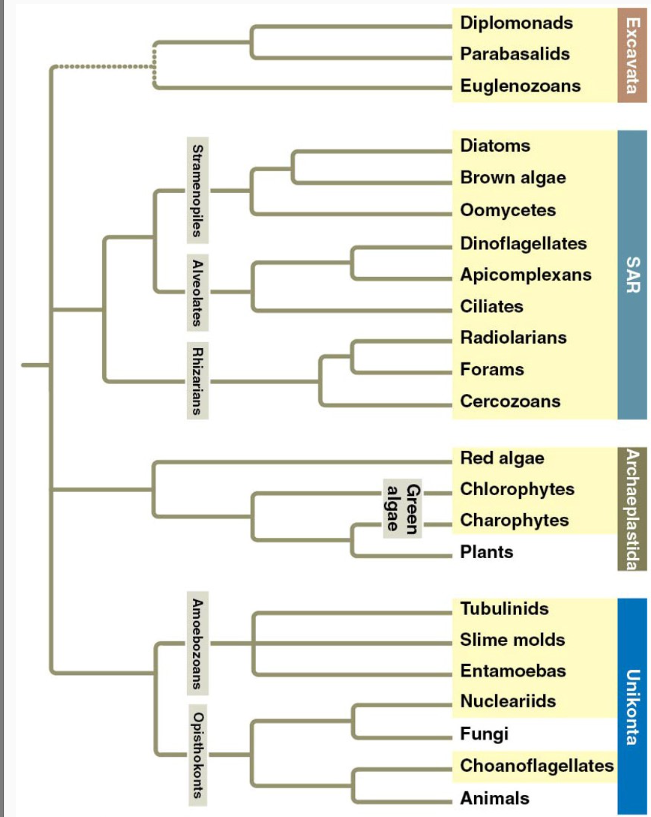
According to this phylogenetic tree, what is the closest living relative to plants?
A. Chlorophytes
B. Charophytes
C. Red algae
D. Tubulinids
E. Fungi
B
True or False: Chloroplasts and photosynthesis are ancestral traits for plants.
A. True
B. False
A
What distinguishes a gymnosperm from an angiosperm?
A. the presence/absence of pollen
B. the presence/absence of fruit
C. the presence/absence of spores
D. the presence/absence of seeds
E. the presence/absence of vascular tissue
B
In phylogenetic analysis we must be careful to look for the presence or absence of traits that are homologous to each other in different groups. What are homologous traits?
(A) traits derived from the same ancestral trait;
(B) traits that are for the same function;
(C) traits that have a similar shape;
(D) traits that are analogous
(E) two of the above describe homologous traits
A
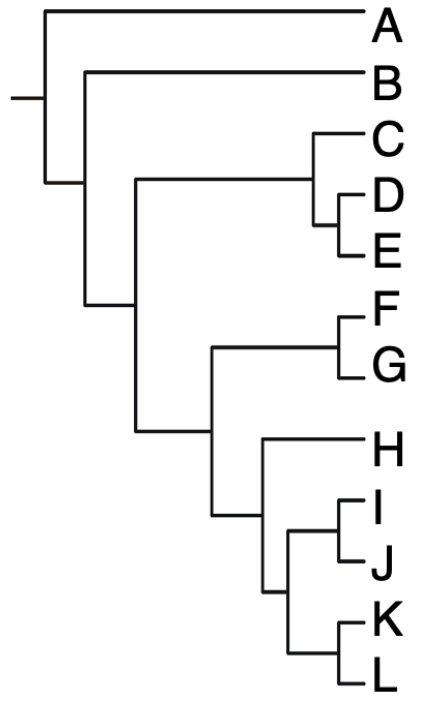
According to the phylogeny on the right, species H shares more derived traits with which of these groups?
A. F & G
B. I & J
C. K & L
D. I & J & K & L
E. equally with F-L.
D

According to the phylogeny on the right, which of the following sets of species consists of a monophyletic group? (also known as a clade)
A. A-E
B. B-L
C. C-G
D. H and I
E. H-J
B
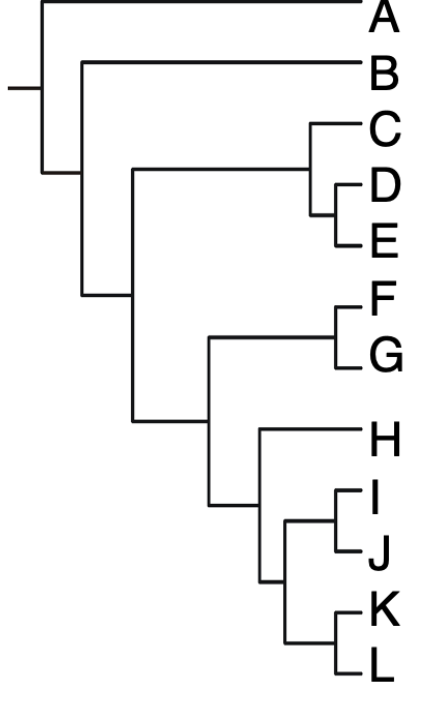
According to the phylogeny on the right, A biologist is studying phylogenetic relationships among species C-L. In order to best determine which traits are ancestral vs. derived she should use which of these as the outgroup?
A. B
B. C
C. L
D. any species within her study group C-L
A
In a phylogenetic tree of species the term “sister taxa” refers to any two species
A. that evolved from the most ancient common ancestor
B. with the most shared, derived traits
C. that belong to the same large monophyletic group
D. that have the same function in the ecosystem
E. that currently live in the same geographic region
B
Biologists now routinely test for homology between genes in different species. If genes are determined to be homologous, how are they related to each other?
A. by chance mutations
B. in function but not structure
C. because of convergent evolution
D. by descent from a common ancestor
D
“Animals have cell walls’
A. True
B. False
B
Which of the following Vertebrates is NOT an amniote?
A. Reptiles
B. Amphibians
C. Birds
D. Mammals
B
‘Plants are Heterotrophs’
A. True
B. False
B
‘Plants are Carbon sinks’
A. True
B. False
A
Plant Gametes are directly made by meiosis .
A. True
B. False
B
Which is NOT transported by the phloem in vascular plants?
A. Sugar
B. Water
C. Amino Acids
B
Which of the following is an example of
convergent evolution?
A. animals with the same homologous traits
B. two mosquito species with the same
mutation conferring pesticide resistance
C. fins of a fish and fins of a whale
C
How did the evolution of the jaw contribute to
diversification of early vertebrate lineages?
A. It allowed for smaller body size.
B. It was the first stage in the development of a bony skull.
C. It made additional food sources available.
D. It increased the surface area for respiration and feeding.
C
Which of the following is the set of
taxa (vertebrate classes) that have amniotic eggs?
A. Birds, Mammals, and Reptiles
B. Amphibia, Bony Fish, and Reptiles
C. Birds and Reptiles
D. Amphibia, Birds, Mammals and Reptiles
E. All classes of vertebrates
A